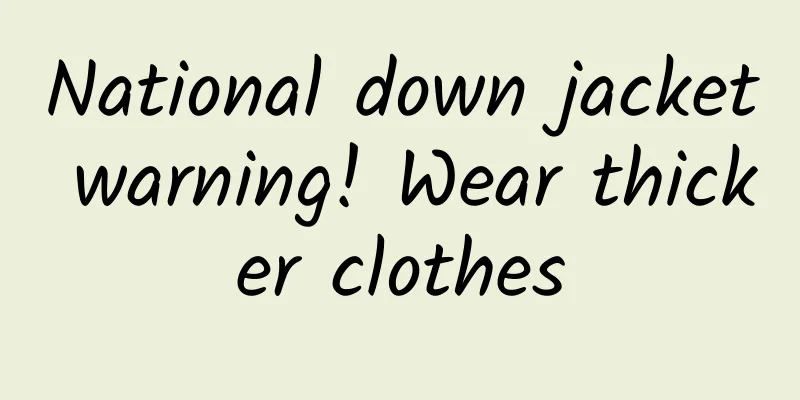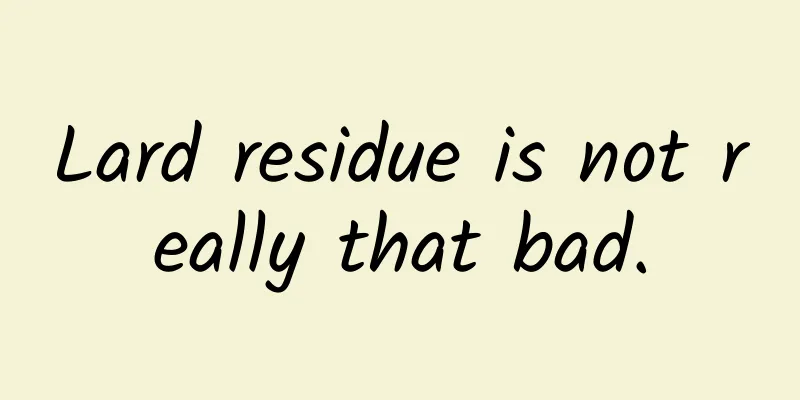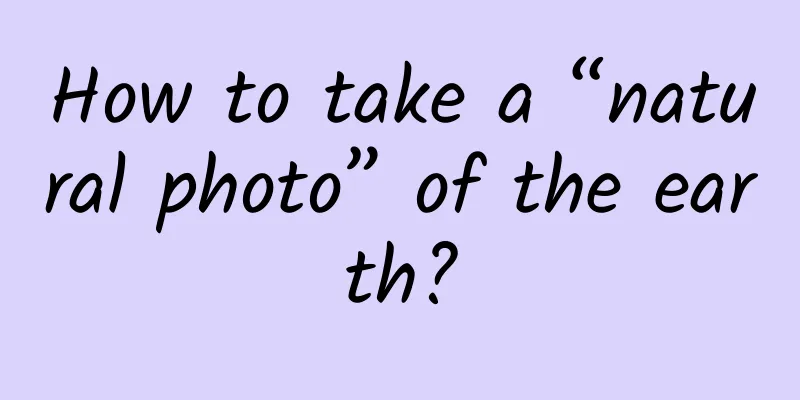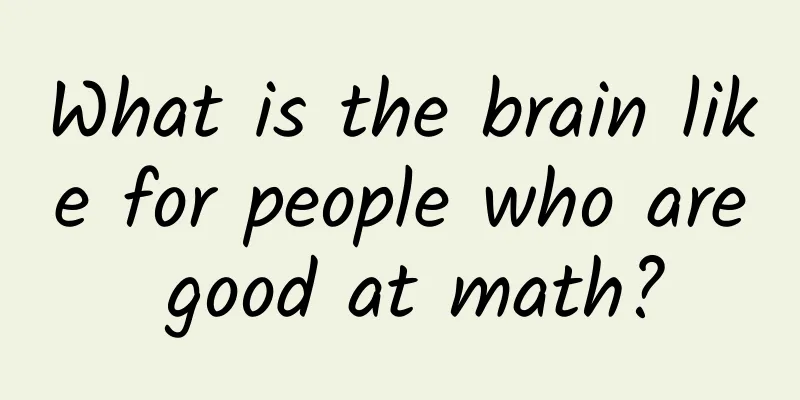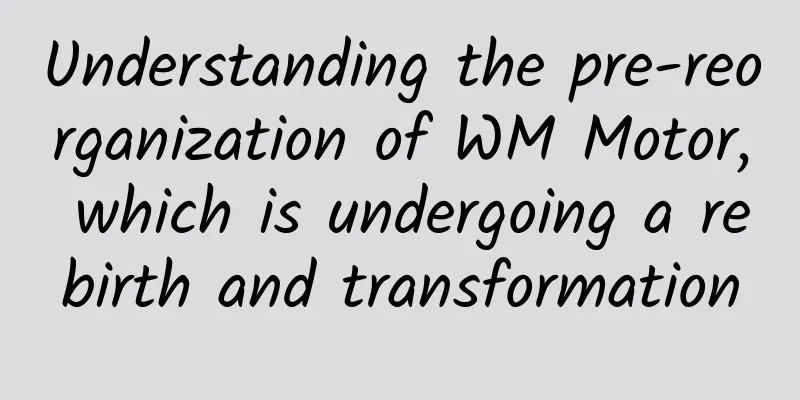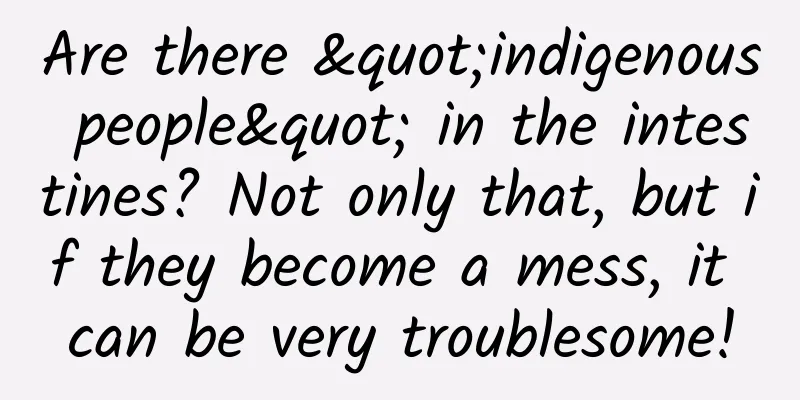The speed of quantum computing is increased by 200 times! Silicon-based atomic-level two-bit quantum gate is born
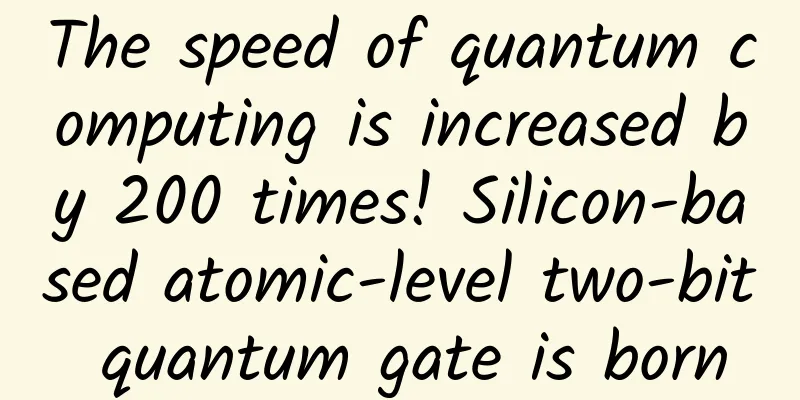
|
Two-bit quantum gate (Image credit: University of New South Wales) Recently, a team led by Michelle Simons, professor of quantum physics at the University of New South Wales in Australia, made a new breakthrough in the field of quantum computing. A quantum computer is a computer that uses the principle of quantum coherence superposition to perform high-speed calculations, store and process information, and has super-fast parallel computing and simulation capabilities. It stores information in quantum bits. The quantum bit gate is the logic gate of a quantum computer. Simmons' team used a scanning tunneling microscope to place two phosphorus atoms in natural silicon materials. This nanometer-level precision operation allowed the phosphorus atoms to form a potential well to trap electrons, and created the first silicon-based phosphorus atom two-bit quantum gate by controlling the interaction of electrons. This two- bit quantum gate can complete the operation in 0.8 nanoseconds, which is 200 times faster than other current silicon -based two- bit quantum gate operations . The research paper was recently published in the journal Nature. This milestone achievement meets the last of the five criteria for quantum computing in this system (Di Vincenzo's criteria). Combined with previous achievements, the silicon-based phosphorus atom quantum computing system can achieve scalable quantum computing in principle.
The research team is shown above. From left: Michelle Simmons (team leader and center director), Dr. Sam Gorman (co-first author), Dr. He Yu (co-first author), Ludwik Crank, Dr. Joris Kaiser and Daniel Keith. (Source: afr.com) Silicon-based phosphorus atom quantum two-bit gate The five major judgment requirements for determining whether a system can achieve quantum computing include:
"We have previously demonstrated 1, 2, 3, and 5 in our silicon-based phosphorus atom system. This study actually demonstrated the two-bit quantum gate of 4," He Yu, co-first author of the paper, told Global Science. "This result shows that , in theory, this system has no problem doing scalable quantum computing . " ("Scalable quantum computing" means that the number of quantum bits that can be achieved must be of a certain scale - quantum computers with hundreds to thousands of quantum bits can truly have superior performance to classical computers, and all quantum bits should be able to distinguish each other, operate individually, and fully control their behavior as a whole.) Their chip is processed using a scanning tunneling microscope. The operation process is: a quantum dot is formed by placing a single atom or a cluster of atoms. A quantum dot has its own potential well, which can trap electrons, and then perform quantum operations on the electrons. The spin of the electron carries the quantum bit information.
Previously, theoretical studies have shown that the exchange interaction between phosphorus electron spins carried by silicon is expected to enable two-qubit gates to achieve fast (gigahertz) gate operations. However, the exchange relationship (on or off) required to implement a qubit gate between two electrons in phosphorus atoms has not been possible until now, because it has been difficult to determine the atomic distances required to switch the exchange on or off when tuning atomic circuits to obtain high-fidelity, independent spin readouts. Simons' team solved this problem. Through experiments, they found that when the distance between atoms is shortened to 13 nanometers, the opening or closing of the quantum gate exchange can be carried out smoothly. (When the distance between atoms is far, the exchange gate is not easy to open; when the distance between atoms is close, the exchange gate is not easy to close). “We confirmed the placement of the qubits in the circuit directly through experimentation rather than theoretical modeling,” Simmons said, “allowing the quantum chip to help build itself.” Currently, UNSW's two-atom qubit gate can complete an operation in 0.8 nanoseconds, 200 times faster than other silicon-based quantum gates (those made by adding electrodes to silicon). But Professor Simmons said she would not rush to build it into an integrated circuit. In March 2018, a laboratory at the University of New South Wales proved that quantum bits can achieve very simple "conversations" through classical correlations of electron spins, that is, there can be correlations between electrons. The results reported now are the first time that scientists have entangled two atomic quantum bits and managed to exchange information between them. The UNSW team said three or four entangled qubits could execute a simple algorithm. The next goal of Simons' team is to build a 10-bit quantum integrated circuit within five years and hope to commercialize it within 10 years. Why choose silicon? There are many schools of quantum computing, including superconductor quantum computing, semiconductor quantum computing, optical quantum computing, etc. In January 2018, Intel launched a 49-qubit test chip called Tangle Lake; two months later, Google launched a 72-qubit processor called Bristlestone. They use superconducting circuits as the basis for quantum computing processors. Quantum phenomena can also occur in superconducting materials. For example, when electrons in superconducting materials move clockwise and counterclockwise at the same time, this is a quantum phenomenon. Superconducting quantum chips have great prospects, but the difficulty of circuit design increases with the number of bits. There are also several different routes for quantum computing using semiconductor silicon as a carrier in the world. Simons used phosphorus atoms as impurities in silicon for quantum computing. Another method is to add various electrodes to silicon samples, and then form potential wells through the electrodes, using the potential wells to trap electrons as bits for quantum computing. Two-bit gates and single-bit gates in this direction have been proven, but it requires very high density of electrodes, because one bit requires 2-3 electrodes, so the electrodes will be arranged very densely. But Simmons said her lab's approach, which uses atom-based qubits in silicon, will eventually outpace rivals. Simons said silicon-based qubits are preferred because they have the longest coherence time and highest fidelity (measures of how long a qubit remains in its quantum state and how accurately it exchanges information, respectively). The quantum bit fidelity of Simons' team's latest solution reached 94%. In the future, they will continue to improve the fidelity by reducing charge noise, lowering electron temperature, and replacing natural silicon with pure isotope 28 silicon. Simons said the achievement is the culmination of 20 years of work that will move scientists toward the goal of a "scalable silicon quantum computer." Quantum computing industry There are two common metrics for assessing quantum computing success. The first is to build a machine that outperforms a classical computer, thus achieving “quantum supremacy.” The other is to develop a processor with viable commercial applications. The former requires about 50 qubits, the latter requires fewer. A conventional computer contains millions of transistors that hold a value of either 0 or 1. But a quantum computer can create a coherent superposition of two logical states, 0 and 1. In other words, it can store both 0 and 1 at the same time. Because they can exist in two states at the same time, qubits can solve problems much faster than bits. Quantum computers could theoretically revolutionize any industry that relies on heavy calculations and data processing. This could mean more accurate weather forecasts, more efficient commutes, safer aviation systems, better identification of planets and life, smarter self-driving cars, better drug treatments, and hyper-personalized marketing. Professor Tom Stass from the University of Queensland's School of Mathematics and Physics said quantum physics had grown from an almost entirely university-centred, research-based field to a thriving commercial industry. “The industry is exploding, and the world is short of about 20,000 quantum experts,” he said. “Quantum technology is finding applications in cryptography, medicine, industrial chemistry simulations and improving the accuracy of sensor measurements.” |
<<: Did Intel lose money by selling its mobile phone baseband business to Apple for US$1 billion?
>>: iOS 13 beta 5 released with new features and changes
Recommend
15 winter solstice copywriting ideas, I didn’t expect this wave to be so outstanding!
Winter Solstice is the day with the shortest day ...
A chart to understand the gender ratio of Silicon Valley technology companies
Until recently, gender and racial diversity data ...
What's the matter with taking watermelon rind to the cafeteria to get food? Why do you take watermelon rinds to the canteen to get food?
Take watermelon rind to the canteen to get food U...
Summary of the use of random numbers in Swift
In the process of development, we need to generat...
Taobao virtual no-source e-commerce online course 4 video_Turtle Course
A year's plan begins with spring. You have re...
Geely grew against the trend, with profits up 50% in the first half of the year, and Lynk & Co emerged as a new growth point
In the first half of this year, the domestic auto...
What changes will happen to your body 24 hours after drinking? People who drink frequently should not ignore these signals!
The best way to escape drinking at the table↓↓↓ T...
Understand the rules of major app stores and make good products with 0-cost promotion
Get a developer account If you need to launch a n...
The "big questions" of TikTok's live broadcast room "Mastering TikTok's core technology" to seize the dividends of the global live broadcast era
The "big questions" of TikTok's liv...
Is it true that an average of 50 people are infected every hour in Iran?
According to IRNA report on the 18th, Iranian Min...
Don't miss it! The biggest supermoon of the year is coming soon
Supermoon (data map) Photo by Li Jianji According...
8 combinations of targeted information flow promotion methods, available for testing!
Many people don’t know how to set up the targetin...
If a person is infected with three types of bacteria at the same time, can the bacteria become "vampires"?
Author: Duan Yuechu and Huang Xianghong In the Ap...


